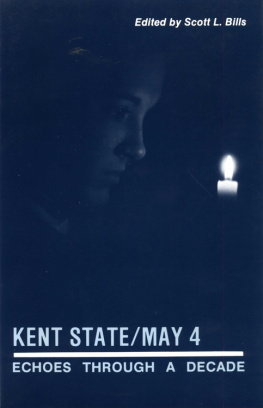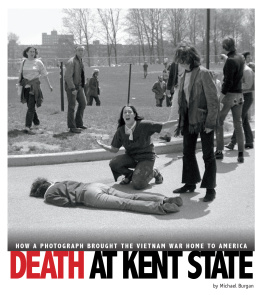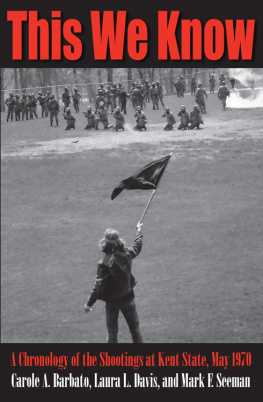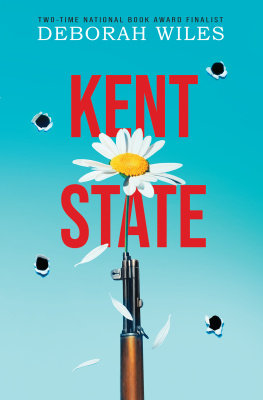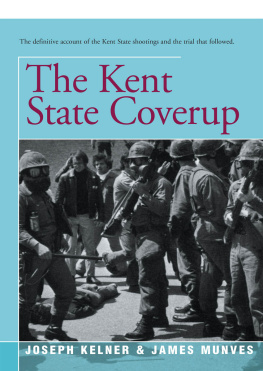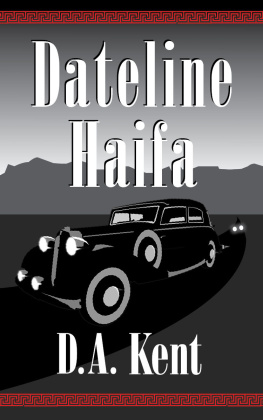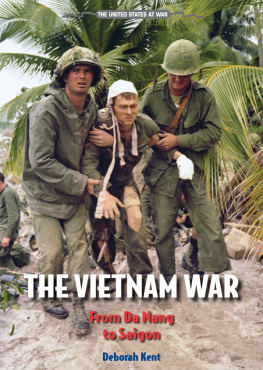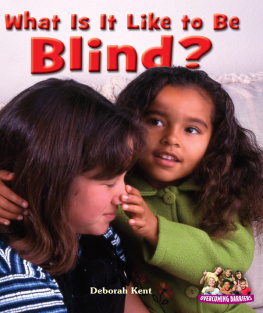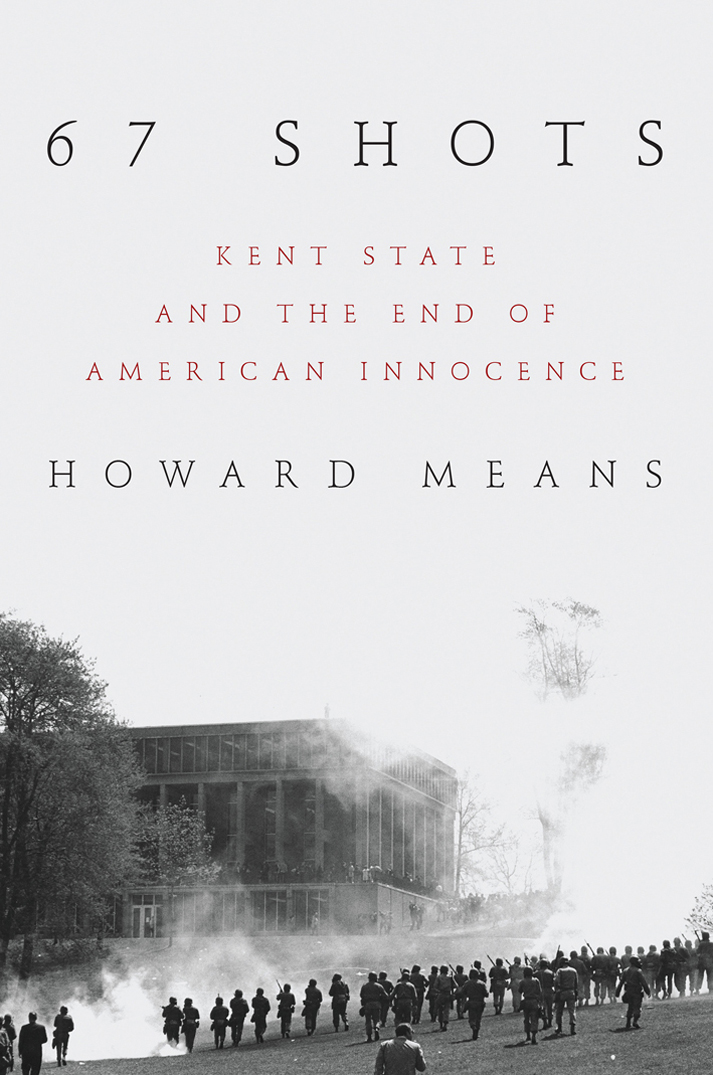


Copyright 2016 by Howard Means
Quotations from H. R. Haldemans diaries are by permission of the Haldeman Family Trust.
Quotation from Glenn Franks March 1980 letter to an Ohio eighth grader is by permission of Alan Frank.
All rights reserved. No part of this publication may be reproduced, stored in a retrieval system, or transmitted, in any form or by any means, electronic, mechanical, photocopying, recording, or otherwise, without the prior written permission of the publisher. Printed in the United States of America. For information, address Da Capo Press, 44 Farnsworth Street, Third Floor, Boston, MA 02210.
Designed by Trish Wilkinson
Set in 11.5-point Adobe Garamond Pro by The Perseus Books Group
Library of Congress Cataloging-in-Publication Data
Names: Means, Howard B., author.
Title: 67 shots : Kent State and the end of American innocence / Howard Means.
Other titles: Sixty seven shots
Description: Boston : Da Capo Press, 2016. | Includes bibliographical references and index. | Description based on print version record and CIP data provided by publisher; resource not viewed.
Identifiers: LCCN 2015044809 (ebook) | ISBN 9780306823800 (ebook)
Subjects: LCSH: Kent State Shootings, Kent, Ohio, 1970. | Student movementsOhioKentHistory20th century.
Classification: LCC LD4191.O72 M43 2016 (ebook) | DDC 378.771/37dc23
LC record available at http://lccn.loc.gov/2015045123
Published by Da Capo Press
A Member of the Perseus Books Group
www.dacapopress.com
Da Capo Press books are available at special discounts for bulk purchases in the U.S. by corporations, institutions, and other organizations. For more information, please contact the Special Markets Department at the Perseus Books Group, 2300 Chestnut Street, Suite 200, Philadelphia, PA 19103, or call (800) 810-4145, ext. 5000, or e-mail .
10 9 8 7 6 5 4 3 2 1
For Persephone and Forest
Table of Contents
Guide
CONTENTS

Kent State Campus, May 4, 1970
On May 4, 1970, twenty-four American servicemen died while serving their country in South Vietnam.
Ronald Chisholm was killed in Quang Tri province, in the very north of the country, and Larry Lance Watkins in Thua Thien, the next province to the south. James Gerald Anderson and Floyd Watsel Lamb Jr., known as Jason, died in Quang Tin, more than a hundred miles below the line of demarcation between the two Vietnams. Eddie Gean Terrell lost his life in Quang Nam, while Leon Garnett and Theodore Irwin Roberts were killed in Tay Ninh, stuck like a closed thumb into southeastern Cambodia.
Michael Anthony Vancosky died of multiple fragmentation wounds; Richard Walter Paquette, of small-arms and rocket fire. Robert Vincent Thompson was killed in a vehicle wreck in Phong Dinh, in the south of the country, below the Mekong River. James Frederick Hopkins died of burns sustained in an electrical shop fire in Bien Hoa, the joint operating base for both US and South Vietnamese forces.
Two of the twenty-four died on patrol in Cambodia: Major George Ellery Hussey and Army Staff Sergeant Albert Charles Smith. A West Point graduate, Hussey was the highest-ranking officer killed that day.
The dead of May 4 lost their lives in small acts of bravery and large ones. James Edward Doc Rimmer, an army medic, was killed trying to save his platoon leaders life. The platoon leader, Stephen Bradford Emery, died as well. Wayne Louis TorsielloCompany B, First Battalion, Seventh Marines, First Marine Divisionwas leading a counterattack when he was mortally wounded by enemy fire as he valiantly rushed through the tree line at the forefront of his squad, in the words of his Bronze Star citation.
On average, seventeen US servicemen died daily throughout 1970, down dramatically from the forty-six deaths per day in the peak war year of 1968. Save for a single incident, May 4 would have hit the average on the nose.
Between eleven and eleven thirty that night, a flare malfunctioned catastrophically aboard a UH-1 (Huey) helicopter being used to illuminate a battlefield in Thua Thien. As the Huey raced to ground, it came in on top of an AH-1 Cobra helicopter flying without anti-collision lights on a practice red alert over Firebase Nancy. All seven crewmembers manning the two copters were killed.
Aboard the Huey flare-ship were Sergeant Thomas Oliver Ahlberg, age nineteen, from Idaho Falls, Idaho; Sergeant Dean Aitken, twenty, Vernal, Utah; Chief Warrant Officer Tommy L. Kearsley, twenty-two, Buhl, Idaho; First Lieutenant Larry Franklin Mattingly, twenty-seven, of Indianapolis, Indiana; and Rodney Alan Taylor, eighteen, of Seadrift, Texas. All but Mattingly were single. Ahlberg, Aitken, and Kearsley were Mormons. Taylor, a month plus a day away from his nineteenth birthday, was the youngest American to die in Vietnam on May 4.
The AH-1 Cobra held a crew of two: Warrant Officer Dean Louis Bonneau, twenty, of Oshkosh, Wisconsin, and Captain Douglas Nelson Winfrey, twenty-five, of Smyrna, Georgia. Bonneau was married.
As with the larger war, the American dead on May 4, 1970, were mostly white, mostly single, mostly volunteers, and mostly just out of their teens or still in them. Thirteen of the twenty-four were age twenty or younger. But like all the other dead in that nearly endless and devastating war, these fatalities were more than names, more than data points in some statistical overview. They were sons, brothers, husbands, fathers, lovers, hooch mates, best buddies in the annealing heat and terror of war. They had stories. They left memories behind, and they are remembered still, if only as an empty space in lives long ago forced to go on without them.
Doc Rimmer, the army medic who died trying to save his platoon leader, left behind a son. An online photo shows the little boy, windblown and dressed in his Sunday best, as he helps raise the first flag flown on the pole dedicated in his fathers honor in front of the Morris, Illinois, firehouse.
A Life magazine reporter captured the moment when the mother of Armando Cervera Luna, who died along with Doc Rimmer that day in Quang Tin, first found his name at Panel 11W, Line 96, of the newly dedicated Vietnam War Memorial on the National Mall in Washington, DC: As she wept, she kept rubbing his name with her forefingeras if trying to read it. As if it were Braille.
I will always miss you and wish I had had the chance to get to know you as we grew old together, Patty Nickolaus wrote to her brother, Tom Ahlberg, in an April 2002 post on the virtual wall maintained by the Vietnam Veterans Memorial. Joyce Aitken-Morrison posted much the same about her uncle, Dean Aitken, killed with Ahlberg in the helicopter wreck over Thua Thien.
In a blog entry about the midair collision, Richard Edwards remembered barging in on a small group of officers gathered around their commanding officer as they digested the news that Douglas Winfrey had been killed when the Huey flare-ship dropped down on his Cobra like some avenging, blazing angel. Around him were many teary eyed Officers. This was something an enlisted man was not supposed to see and our CO knew it. So he yelled, Get him out of here.
Next page

